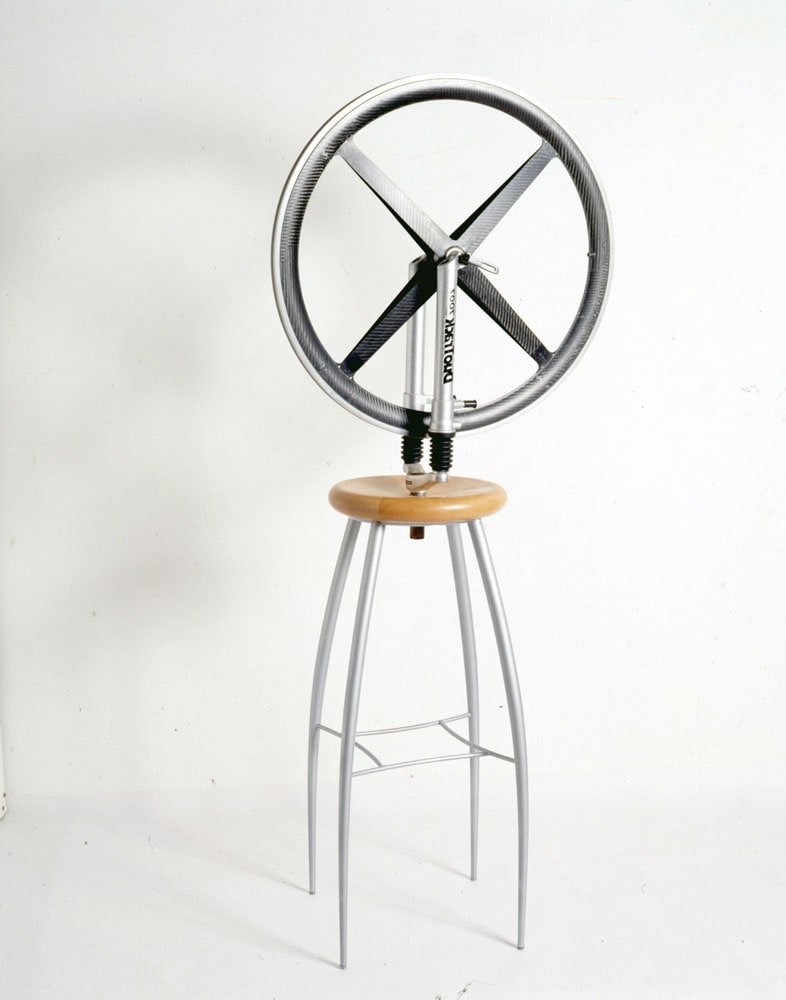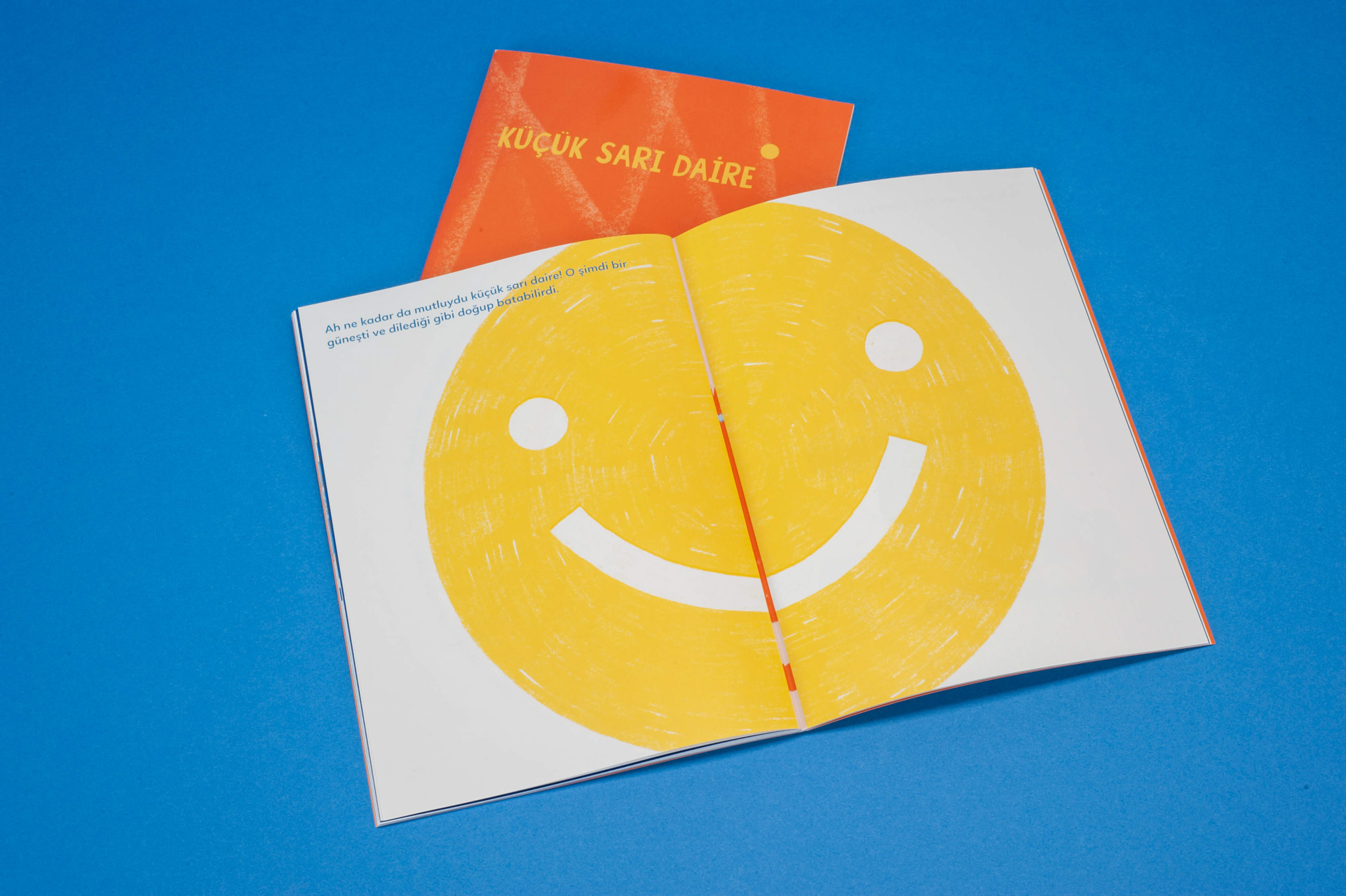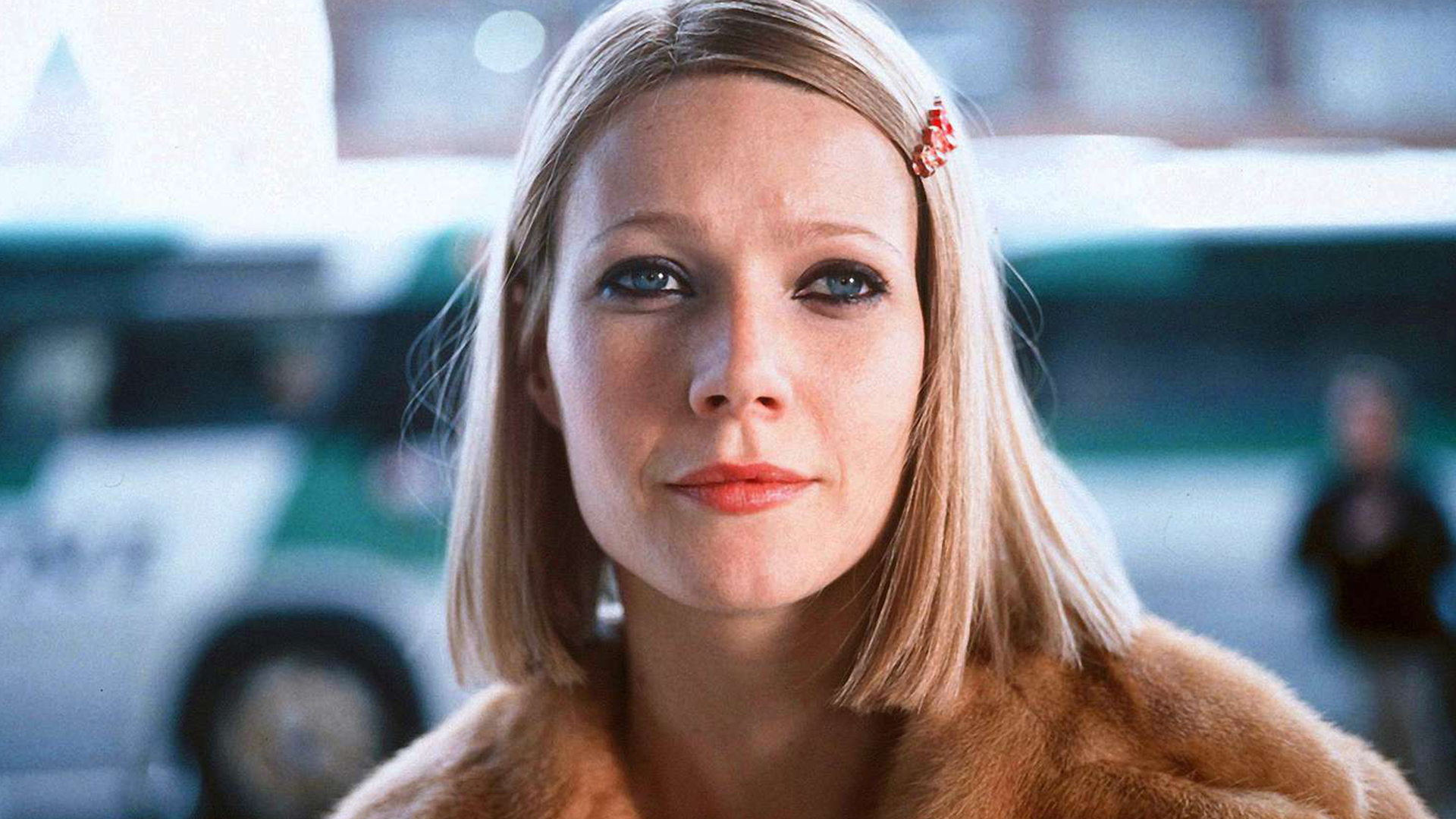Director: Sergey Parajanov
Soviet Union, 1967, 10', color
French, Armenian with Turkish subtitles
Sergey Parajanov offers an overview of the portrait painting of the man called “the Raphael of Tiflis”, Hakob Hovnatanyan (1806 – 1881). A distinguished member of the artistic dynasty of Hovnatanyan portrait painters, Hakob is widely seen as the founder of modern Armenian painting and a master of portraiture and miniatures. In his short documentary film about the artist, Parajanov combines sights and sounds from both Hovnatanyan’s paintings and 19th Century Tbilisi, bringing to dazzling life its artistic culture.
Free admissions. Drop in, no reservations.

In 1998 Ben Jakober and Yannick Vu collaborated on an obvious remake of Marcel Duchamp’s Roue de Bicyclette, his first “readymade” object. Duchamp combined a bicycle wheel, a fork and a stool to create a machine which served no purpose, subverting accepted norms of art.

Published as part of Pera Learning programs, “The Little Yellow Circle (Küçük Sarı Daire)” is a children’s book written by Tania Bahar and illustrated by Marina Rico, offering children and adults to a novel learning experience where they can share and discover together.

The New Year is more than just a date change on the calendar. It often marks a turning point where the weight of past experiences is felt or the uncertainty of the future is faced. This season, Pera Film highlights films that delve into themes of hope, regret, nostalgia, and new beginnings.
Tuesday - Saturday 10:00 - 19:00
Friday 10:00 - 22:00
Sunday 12:00 - 18:00
The museum is closed on Mondays.
On Wednesdays, the students can
visit the museum free of admission.
Full ticket: 300 TL
Discounted: 150 TL
Groups: 200 TL (minimum 10 people)